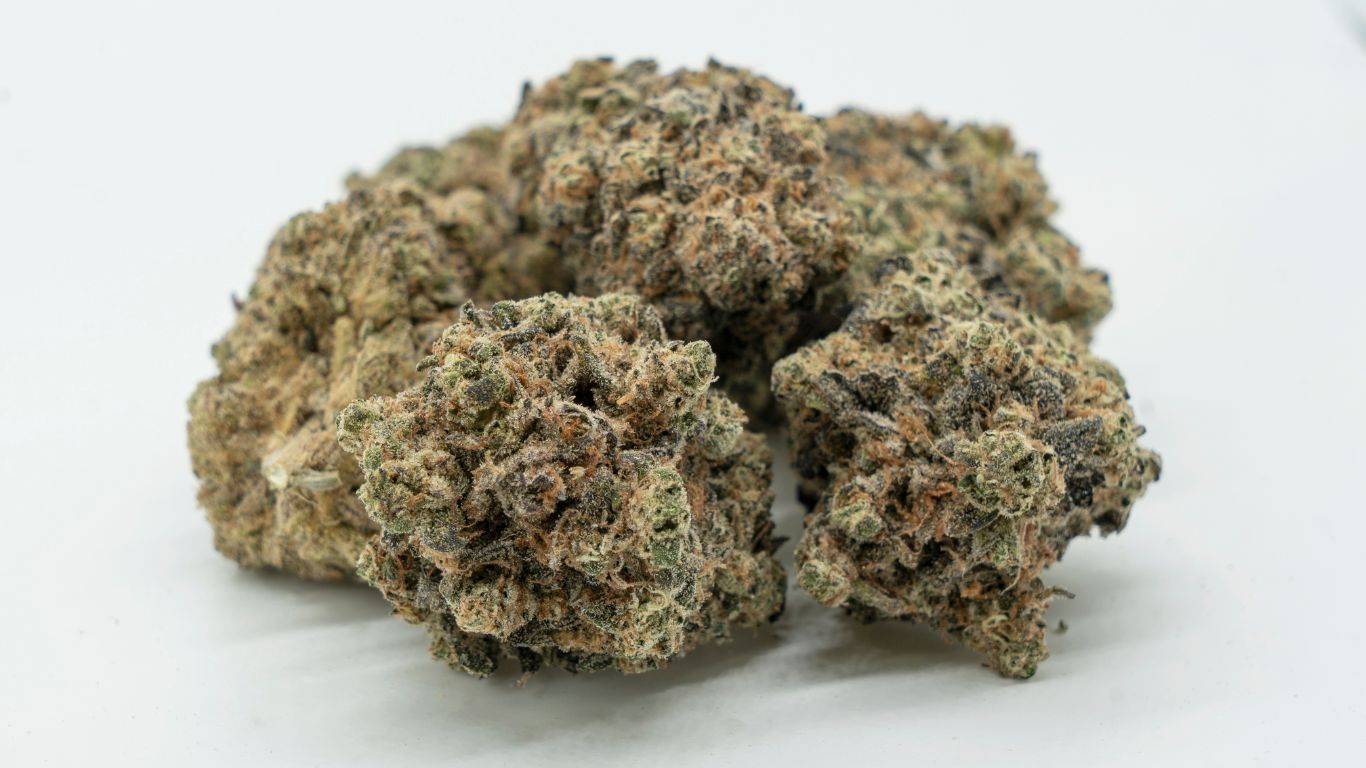
The provincially mandated, centralized distribution of cannabis in Canada is taking some heat.
In Ontario, the OCS (Ontario Cannabis Store) was hit with a data breach last May, followed by a recent online attack on its third-party operated distribution centre, Domain Logistics. And in BC, union job action has resulted in the centralized cannabis distribution warehouse suspending orders.
No surprise, the industry is now seeing a healthy debate on the pros and cons of provincial centralized distribution, and particularly ‘monopsonies’, where there is only one buyer.
“In Canada, producers pay a premium margin to monopsony distributors who act as a single buyer and price setter for wholesale finished packaged inventory,” says Dan Sutton, Founder and CEO at Tantalus Labs in Vancouver. “In a nascent industry, this arguably simplifies a cultivator’s ability to access all retailers in a given province, although in practice stores that stock and carry products still require ongoing sales relationships.”
Sutton notes that, when compared to direct delivery models, the cost and margin captured by provincial distributors are high.
“The actual value provided by warehousing and distributing inventory is not reflected in provincial markups,” he says. “Thus, provincial markups essentially act as a tariff, increasing dead weight loss and reducing competitiveness with the illicit market.”
However, centralized, government-run systems have distinct advantages. Many retailers appreciate the simplicity. Producers aren’t forced to place hundreds of different shipments to retailers – or, perhaps worse, with distributors who engage in predatory practices. There are also pluses for smaller providers.
“There is always the question of why government monopolies are running the distribution of packaged goods,” says Audrey Wong Founder & Chief Executive Officer of Zyre Brands in Vancouver. “However, there are actually a lot of benefits of this model that people need to recognize. I am a very small owner-operated local company. Had it not been for this model, that suppresses pay-to-play at the biggest retailer in BC—which is the government stores—I probably wouldn’t be on their shelves. And if I were on their shelves, I would probably be price-negotiated to a level that’s not sustainable for a small company to operate, because I don’t have the economies of scale.”
Producers also have the benefit of simplified invoicing, and the ability to send all of their product to one place.
“In a centralized system, I send everything to one location, and get paid 30 days later,” says Abyan Schupp, who oversees sales and operations at Organnicraft, a licensed micro producer in Vernon, BC. “Otherwise, I have to send four cases to one store, two to the next, and five to another – that adds countless hours to me as a salesperson. I have to chase down the invoices, and my bookkeeper and CFO have to add them and reconcile the books. That was something I had to do in Saskatchewan all the time.”
Saskatchewan is an interesting example, given that the government has stepped aside, and allows producers to ship directly to retailers, or to work with competing distributors.
“Saskatchewan offers its own unique challenges,” says Gord Nichol, Owner and President of North 40 Cannabis in Nipawin, Saskatchewan. “You don’t have to convince a government board to buy your product – instead, you have to convince each store. However, as a small, independent producer, I much prefer this system over trying to convince a board. In my view, it’s easier to sell to a store as opposed to a board, just because the store is closer to the end consumer, and will be more dialled into demand.”
A distribution system like that in Saskatchewan also allows for significantly more flexibility.
“I have been in situations in Saskatchewan where a certain SKU had run its cycle, and a retailer had a hard time moving it,” says Schupp from Organnicraft. “I could offer a discount on a new product, and they could blend the margins and sell both at once. That was easy. You can solve problems on the fly.”
Direct delivery promises an opportunity for more pricing flexibility. British Columbia, for example, recently launched its own direct delivery program, which is focused on Indigenous and small-scale producers. In this new system, the BCLDB’s 15% markup will still apply.
“BC’s Direct Delivery model ironically adds flexibility for small batch offerings targeted at local or specialized stores, but maintains the high tariff cost of participating in the provincial cannabis market,” says Sutton. “Direct Delivery that retains high tariffs maintains deadweight loss, makes legal cannabis more expensive than its illicit competitors… and adds no value to the supply chain.”
And the answer is?
As jurisdictions in Canada continue to tinker with their distribution models, it’s fair to ask: what’s the best system? For some observers, it’s a hybrid structure that allows for private distributors to participate in direct delivery.
“In a hybrid model, small producers without sales teams can opt to work with one of several distributors who are forced to price their service competitively,” says Sutton. “And more mature producers can deal directly with an increasing number of retailer stockists as the demand for their product grows.”
A hybrid model that includes direct delivery allows for flexibility in the relationship between LPs and retailers. It also prevents extreme market distortions, as can occur with large monopsonies like the OCS.
“I don’t get to tell the OCS what I have available – they just tell me what they want,” says Schupp from Organnicraft. “For example, when we launched our Platinum Grapes SKU, it sold out immediately. The OCS saw that and sent me three purchase orders that equalled 52,000 units for the month of July. That’s 300 pounds. We’re a micro, and can’t grow that much right now, but because I can’t deliver it I’m being penalized – my supplier rating has gone down.”
This glitch could even affect future listings because the OCS algorithm could determine that the Organnicraft SKU is not selling as well as it should be, based purely on how much volume should have been ordered. This kind of dysfunction is presumably reduced when competition is introduced within a hybrid distribution model.
“As long as there is more than one distributor in a given market, these distributors are compelled to price their services in a competitive manner,” says Sutton. “Competition from a hybrid model drives distribution margin down to a commodity value over time, reduces the risk of a single point of failure, and lets producers adapt to more direct relationships as their business grows should they choose to.”
Sutton argues that though a centralized distribution model may appear to simplify the supply chain for producers, they still need to maintain sales relationships with their stores, and conduct internal demand planning. They also shoulder the financial burden of returns should a product age out.
“It is not difficult to sell to 50, 100, or 500 stores directly,” he says. “Businesses from breweries to bakeries to hobby farms do it every day with far fresher time to market obligations.”
A hybrid model could also help to break down barriers to smaller producers, and to interprovincial trade. Given that Ontario is Canada’s largest market, producers want to get in – but it isn’t always so easy.
“There are hundreds of stores in Ontario that want my products, but I can’t get in,” says Nichol from North 40 Cannabis. “The OCS wants me to buy a $15 million dollar recall insurance policy, which costs $50,000. That works fine for the large companies who can afford it – but it really functions as a way to keep the small companies out of the market. It’s completely out of touch with our sales volume and revenues.”
And there are challenges with BC, too.
“BC had an opportunity to make some gains when allowing for direct delivery from producer to retailer,” says Nichol. “They did that – then they slammed the door on out-of-province providers. Interprovincial trade barriers are a terrible thing. As soon as the government gets involved, they put up these gates. I would love to see Saskatchewan shut the doors to BC wines for a month, and see what happens.”
Beyond the policy issues, of late the biggest argument against having big players like the OCS and the BC Liquor Distribution Branch (BCLB) monopolize warehousing and distribution is that when they fail, the entire system fails.
“As seen recently in the OCS data breach and BC Liquor Distribution Branch union dispute,” says Sutton, “this single point of failure compromises the industry’s ability to keep products on shelves.”
In a more general sense, however, it may be important not to throw the baby out with the bathwater. Here, the example of Zyre Brands is instructional, given that the company has a unique offering that sells flavoured vapes based on their ‘vibe’.
“The BC LDB looked at my product simply for its merits,” says Wong from Zyre. “They saw that it was a unique offering and said ‘I like it, I’ll take it. Whereas, had it been a private model with a large chain of stores, they might have said, ‘I like it, but what am I getting in exchange for carrying it?’











